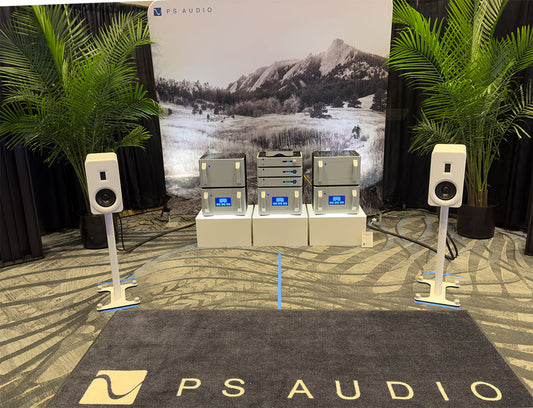It might not make much sense when we see an amplifier's frequency range specified as 10Hz to 60kHz. After all, this kind of extreme frequency range is unusable to humans. Our hearing is limited to 20Hz and 20kHz (and that's on a good day).
But here's what might be missing. To be flat at the outer edges of what we can hear the amplifier must extend way beyond the target frequency range. One of the reasons this is true has to do with how specs work. When the industry specs an amplifier's frequency response they are using a measurement known as the -3dB point. For example, if an amplifier is specified by the general consumer electronics industry as having a frequency range of 20Hz to 20kHz, this typically means its response is down 3dB at those outer edges.
Probably not what you or I might be interested in.
Put another way, how excited are you to buy an amplifier who's performance includes a 3dB drop in volume at 20Hz and 20kHz? And to make matters worse, if the amp is down 3dB at 20kHz it is very likely a dB or so down at 10kHz.
This is just one good reason why we should be careful when looking at specs. This is also the reason we at PS Audio spec our products a bit differently than accepted industry standards. Take for example a BHK 300 amplifier. Its frequency response specs out like this: 10Hz – 20kHz +/- 0.1dB, 10Hz – 200kHz +0.1/-3.0dB.
Knowing clearly how your amp will perform within the range of human hearing is a lot more valuable than just simple specs.









